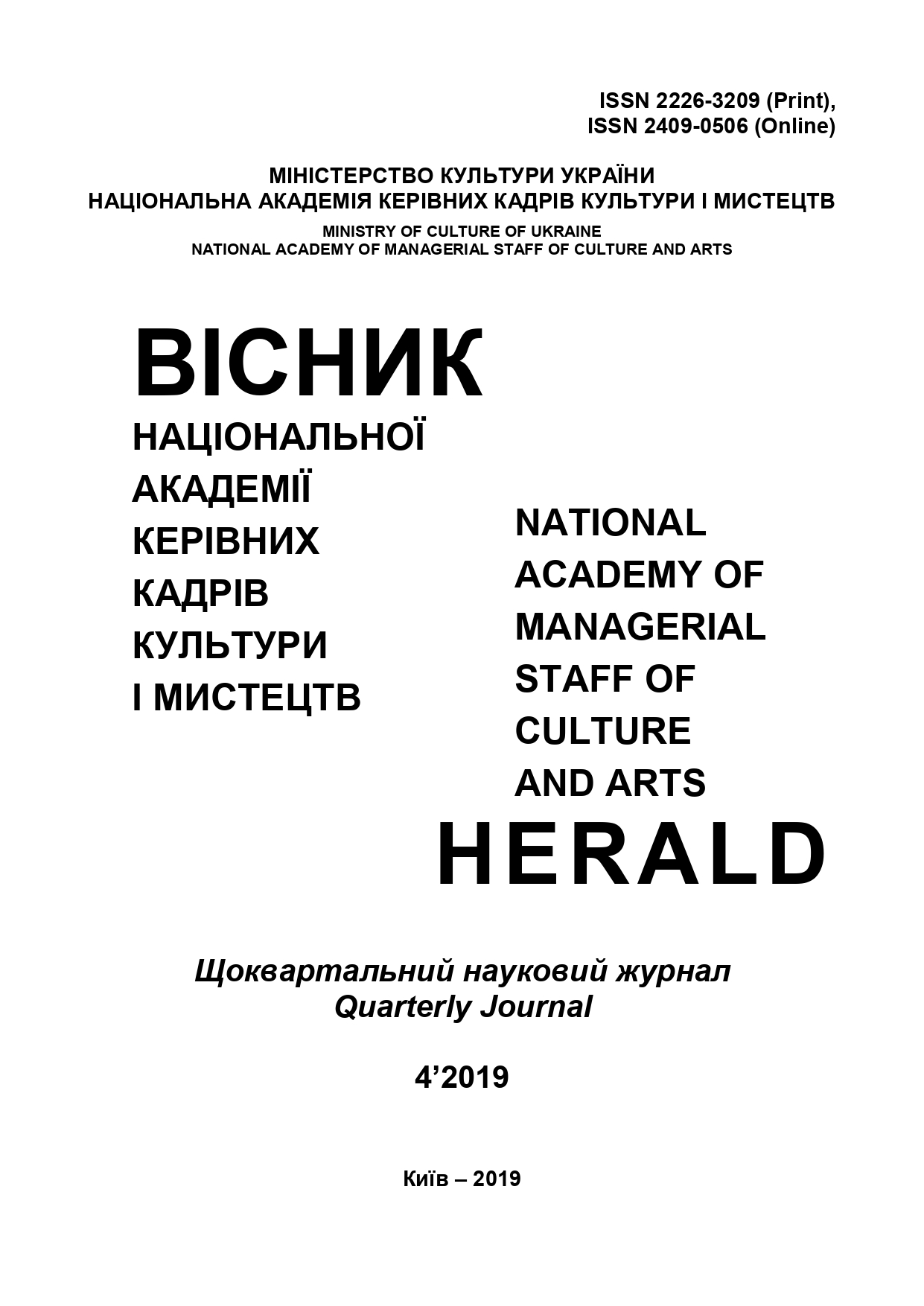Church works by M. Berezovsky in the interpretation aurum of post-author editions
Church works by M. Berezovsky in the interpretation aurum of post-author editions
Author(s): Olga ShumilinaSubject(s): Christian Theology and Religion, Music, Recent History (1900 till today), 18th Century, 19th Century
Published by: Національна академія керівних кадрів культури і мистецтв
Keywords: Maksym Berezovsky; choir concert; manuscript collections XVIII century; publications XIX century; original author's version;
Summary/Abstract: The purpose of the article. The article is devoted to the study of two versions of the musical text of the concert «Ne otverzhi mene vo vremia starosti» by M. Berezovsky. The manuscripts of the late XVIII century, in which this concert has a different version of musical text, is being studied, is absolutely unknown today. It is concluded that this version is the original author's version of the concert «Ne otverzhi.» The methodology of the research is an integrated approach, and it is based on the use of analytical and comparative methods. The scientific novelty of the work is to find out the tendency to correct the musical texts of choral works of Berezovsky during the preparation for printing in the XIХ and early ХХ centuries, and in attracting a wide range of manuscript sources for the purpose of establishing the original version of the concert «Ne otverzhi,» which has no further editing. Conclusions. It is noted that the prospects for studying this topic are to find out the reasons and methods of later editing of the original author's text in all choral works of Berezovsky, which were published during the XIX - early XX centuries, as well as in the publication of original versions that were created by the author and sung during his life. The second fundamental difference between the manuscript and published versions of the Concert is associated with the use of accidentals, which in some cases are added, and in others – removed. The addition of accidentals occurs in the overwhelming majority of cases in the chords of the subdominant group used in S – D idioms, which leads to their transformation into a double dominant, and also while transfer from the tonic to subdominant in minor keys, which creates the effect of a short-term transition to a new tonal center. Consequently, M. Berezovsky's harmonic innovations, referred to by many modern researchers, are the result of a later editorial revision.
Journal: Вісник Національної академії керівних кадрів культури і мистецтв
- Issue Year: 2019
- Issue No: 4
- Page Range: 70-74
- Page Count: 5
- Language: English

